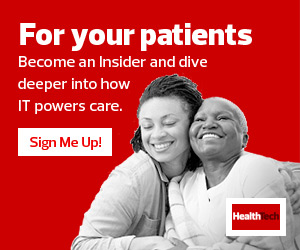Much-Needed Support for Clinicians
The growing number of patients seeking care due to the aging U.S. population and overall population growth means a larger documentation burden for clinicians. With the consistent staff shortages healthcare faces, it’s no wonder clinicians are feeling overworked and exhausted.
When nurses and physicians are burned out they are more likely to make mistakes that can severely affect patient outcomes and their organization’s reputation. In fact, research has found that 95 percent of nurses feeling burnout reported missing one or more care tasks on their last shift.
The increased administrative burden clearly plays a major role in clinician burnout and negatively impacts patient outcomes. Clinicians are also working longer hours so they can complete the paperwork needed.
That’s why it’s essential for health systems to focus on the fourth tenet of the Quadruple Aim, to ensure clinicians receive the support they need to achieve the other three goals. Healthcare organizations can go a long way toward meeting this fourth tenet by giving care teams a powerful new ally: speech recognition technology.
DISCOVER: How natural language processing could be a game changer for EHR workflows.
The Power of Speech in Mitigating Clinician Burnout
Speech recognition solutions can ease a large portion of the administrative burden and lessen clinical burnout, considering 20 percent of nursing time is spent in flowsheet documentation. Instead of spending hours on manual administrative tasks, clinicians can create high-quality documentation quickly and effortlessly using just their voice.
With solutions powered by the latest natural language understanding technology, clinicians can produce accurate, complete clinical documentation by dictating their patient notes, which are then automatically uploaded to the electronic health record. They can use modern speech recognition tools across devices to ease administrative burdens.
Speech recognition technology can also help clinicians provide quicker, better care by automating tasks such as retrieving relevant information from medical records. Speech recognition capabilities power many medical virtual assistants, which help save time and reduce stress by responding to a clinician’s voice to complete high-value clinical tasks.












